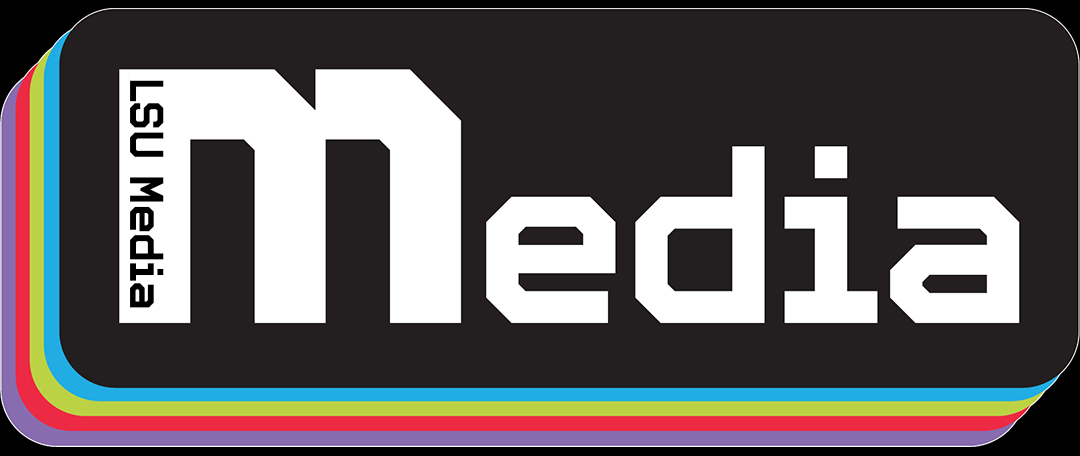The COVID-19 pandemic has significantly accelerated the adoption of online examinations, transforming them into a common practice. This shift has brought numerous benefits as well as some notable downsides. One major advantage of online exams is their flexibility, allowing students to take assessments from the comfort of their homes, which can reduce stress and logistical challenges. Additionally, online exams often incorporate a variety of question formats that can test a deeper understanding of the subject matter, encouraging critical thinking and problem-solving skills.
However, there are also drawbacks to consider. The digital divide means not all students have equal access to reliable internet and appropriate devices, potentially disadvantaging those from less privileged backgrounds. Moreover, concerns about academic integrity and the effectiveness of proctoring online exams remain significant issues.
Personally, I find that both in-person and online exams have their merits. In-person exams offer a controlled environment that can mitigate cheating and ensure fairness, while online exams provide flexibility and can be more reflective of real-world scenarios where resources are often available. Ideally, a hybrid model that incorporates both online and in-person assessments could provide a balanced approach, catering to diverse student needs and promoting a well-rounded educational experience.
In conclusion, the coexistence of both online and in-person examinations could enhance the overall educational landscape, leveraging the strengths of each method to benefit students’ learning and assessment experiences.
Edited by Connor Forbes


